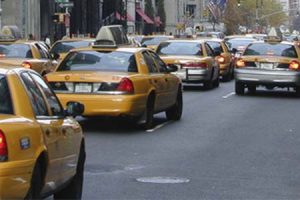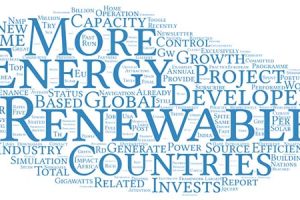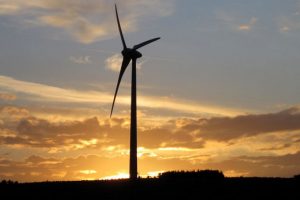
Is it enough to provide energy efficiency solutions through buildings and application of renewables to have healthy and livable Cities?
It looks like there are other important issues to take into consideration.
Cities are the witnesses of a close relationship between humans and vehicles. Our dependency on motor vehicles[1] is too strong because they are very efficient by solving such questions as mobility and promptness that are related to the quality of life. But are the vehicles efficient in terms of environmentally harmful gases?
The pollutants emitted by motor vehicle engine are not only carbon dioxide (CO2) which is, together with water, are the products of combustion if the engine is totally efficient. They also include nitrogen oxides (NOx), volatile organic compounds (VOCs), carbon monoxide (CO), particulates, sulphur dioxide (SO2) and lead – the products emitted due to the fuel type, which is mainly petrol containing impurities. Emission of VOCs from motor vehicles is a problem that accounts for 40% of man-made emissions in Western Europe.
Diesel cars have high emissions in real traffic
 Comparison between limit values from EUs type approval regulations (black clouds) to emissions in “real life” city traffic from the average Euro 6 diesel passenger car. NOx, PM and CO2 emission when using the Helsinki city cycle. Measured at +23 °C (red clouds) and -7 °C (blue clouds). The size of the red and blue clouds indicate the difference in emission from the emission in the type approval test (NEDC).The source: Diesel cars have high emissions in real traffic
Comparison between limit values from EUs type approval regulations (black clouds) to emissions in “real life” city traffic from the average Euro 6 diesel passenger car. NOx, PM and CO2 emission when using the Helsinki city cycle. Measured at +23 °C (red clouds) and -7 °C (blue clouds). The size of the red and blue clouds indicate the difference in emission from the emission in the type approval test (NEDC).The source: Diesel cars have high emissions in real traffic
The use of a public transportation is one of the countermeasures to reduce air pollution. 50 cars create as much pollution as one bus. Modern diesel cars emit up to four times more toxic pollution, mainly NOx, than a bus in city driving conditions. NOx emissions from heavy vehicles like bus or lorry have been reduced dramatically recently because of the strict tests applied in EU since 2011, the strictness not applied for cars.
The vehicles assigned for public transport, like buses, have shown recently their efficiency through application of hybrid models which enables the local administrations to save up to 30% of fuel annually. Another example of contribution to energy efficiency and clean environment is the use of electric vehicles. This is what is called a “green fleet”. So, the energy efficient technology is another effective countermeasure.
If there is an affordable and readily available technology that can help to reduce emissions and there are elements that have been already implemented for zero contamination in cities, like buildings, what happens with the car industry? Apparently, the convenience and costs are the reasons for lack of implementation of the NOx reduction technology. It looks totally irresponsible and inefficient when so many nations in the worlds decided to shift from traditional energy generation sources to renewables in order to contribute to a more sustainable planet. By now we reached only a marginal improvement in emissions which is too far from the established “zero emission” target.
The central and local administrations have already designed measures to reduce contaminations in their cities. For example, Brussels Government declared that it will reduce the circulation of the most polluting vehicles starting from 2018. To control the effectiveness of this programme, the administration will install cameras for video monitoring. This is also a great contribution to the public health, since the contaminated air causes around 12,000 deaths in Belgium, 620 of which are produced in the capital.
The cities must be clean and healthy, the characteristics that made them more livable and attractive. We must mind, therefore, the practices and urban elements through which we can guarantee better places to live and work in. And this is our responsibility how fast we react to the detected problems related to contamination.
[1] Motor vehicles now include petrol and diesel-engined cars, motorcycles, light vans, passenger service vehicles (buses and coaches) and heavy goods vehicles (HGVs)
Sources:
Cincuenta coches contaminan lo mismo que un solo autobús
Bruselas reducirá progresivamente los vehículos más contaminantes a partir de 2018

















